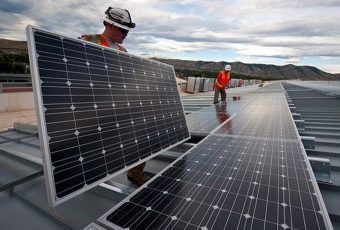
The Kentucky Coal Mining Museum is switching to a new form of energy — solar power.
The museum in Benham began installing the solar panels on Tuesday, WYMT reported. Brandon Robinson, the museum’s communications director, said the goal is to save money in the long run.
“We believe that this project will help save at least $8,000 to $10,000 off the energy costs on this building alone,” Robinson told WYMT.
The museum is owned by Southeast Kentucky Community and Technical College. Robinson said the savings would go back to the school and its students.
Robinson admitted the switch from coal to solar energy is “a little ironic,” but said the two power sources work “hand-in-hand.”
“And, of course, coal is still king around here,” Robinson said.
The project is being funded through an outside foundation and will cost thousands of dollars, according to Robinson.
Twenty solar panels, the average needed to power a house, would cost between $17,000 and $20,000 to install, though the costs would be recouped from savings within five to seven years, according to WYMT.
Source: foxnews.com


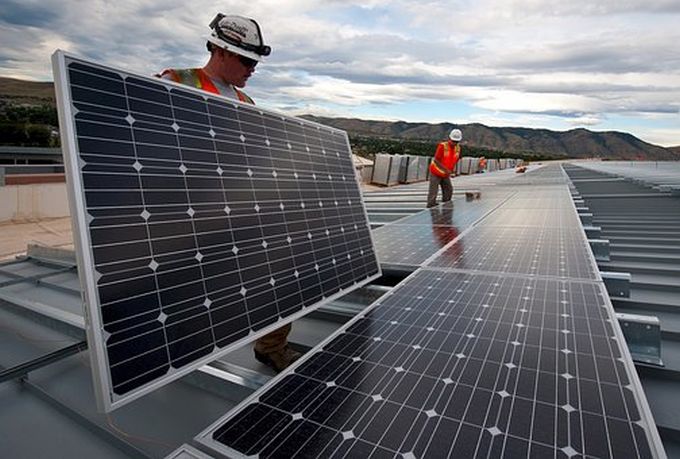
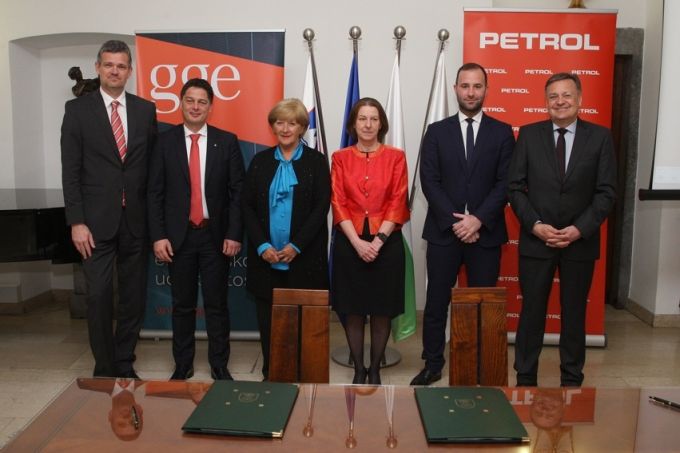
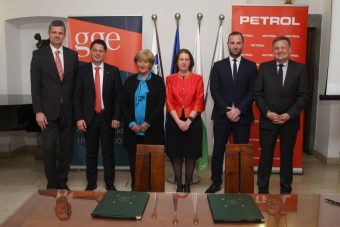
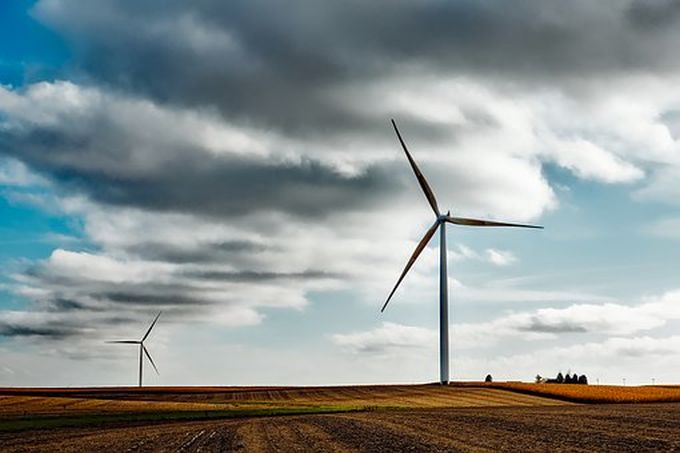
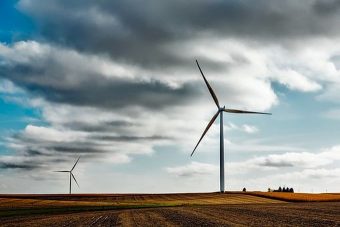


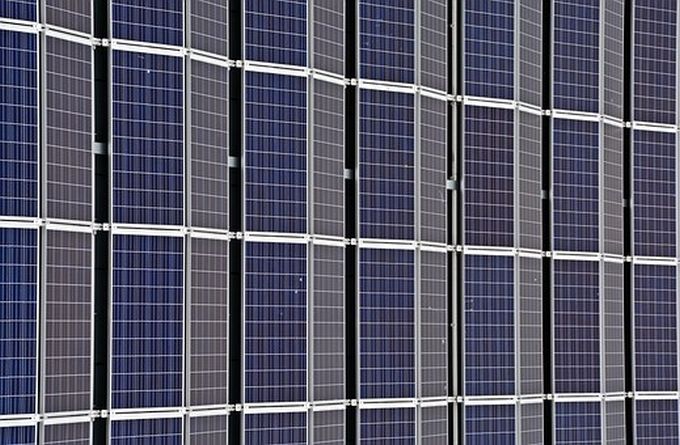







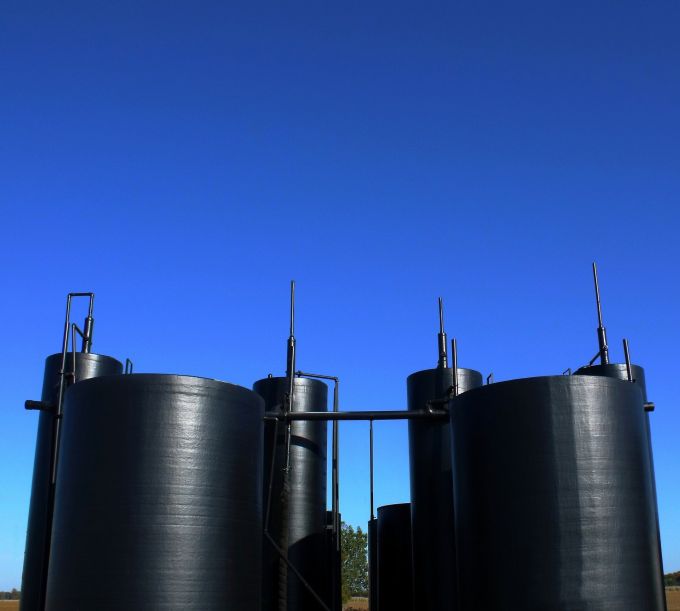
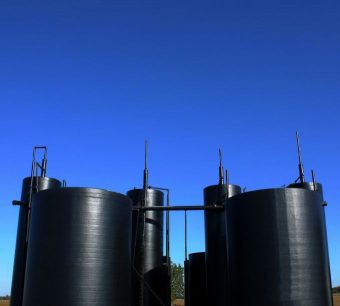

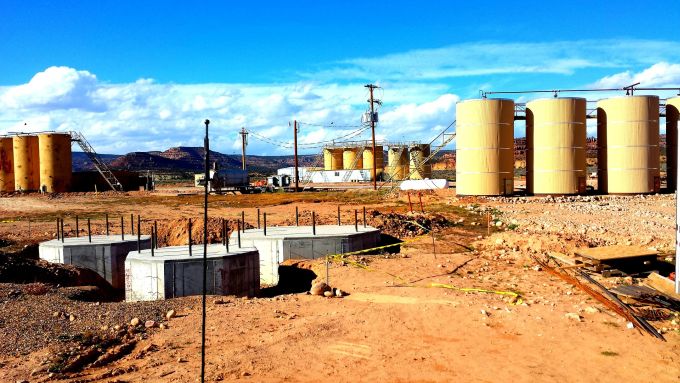





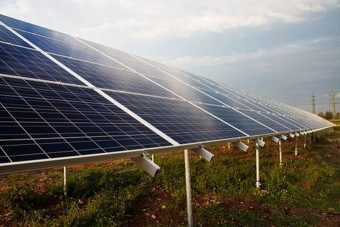
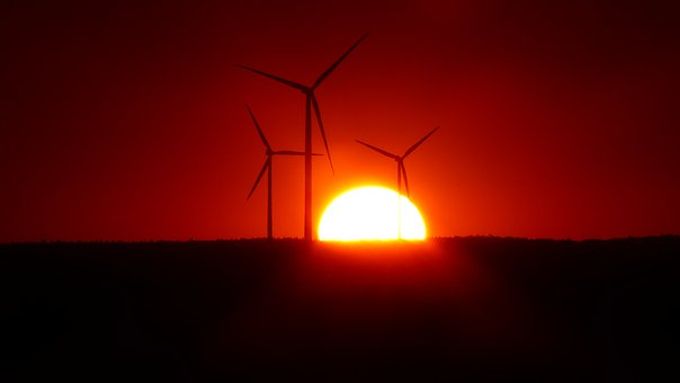







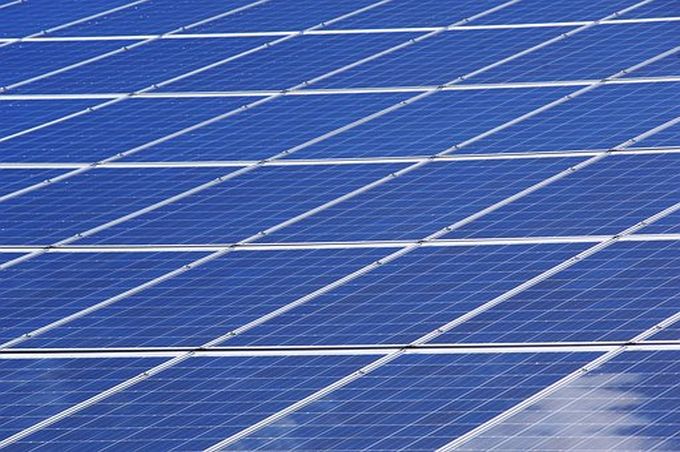
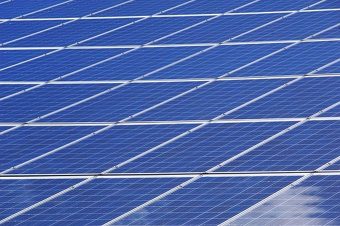

 In mid-September last year the representatives of the GFA Consulting Group took participation at the conference in the Serbian Chamber of Commerce where the beginning of work on the Strategy on
In mid-September last year the representatives of the GFA Consulting Group took participation at the conference in the Serbian Chamber of Commerce where the beginning of work on the Strategy on 


